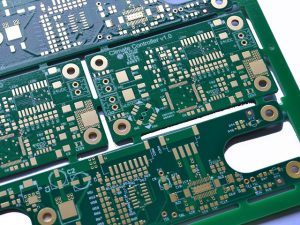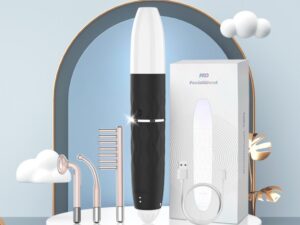
Tesla Model 3 is one of the most popular electric vehicles (EVs) on the market today, known for its high performance, sleek design, and advanced features. Like all EVs, the Tesla Model 3 requires a charging cable to charge its battery. In this blog post, we will discuss what type of charging cable the Tesla Model 3 uses and provide tips for using it effectively.
Types of Charging Cables
Before we dive into the charging cable used by the Tesla Model 3, it’s essential to understand the different types of charging cables available in the market.
AC Charging Cables
AC charging cables, also known as Level 1 or Level 2 chargers, are the most common type of EV charging cables used for residential charging. They are designed to plug into a standard electrical outlet or a Level 2 charging station, which can provide a higher charging rate.
DC Charging Cables
DC charging cables, also known as Level 3 or fast chargers, provide a faster charging rate than AC charging cables. However, they require a specialized charging station and are typically only available at public charging stations or Tesla’s Supercharger network.
Tesla Model 3 Charging Cable
The Tesla Model 3 comes with a standard charging cable that is designed to be compatible with both AC and DC charging stations. The cable is 18 feet long and has a maximum charging rate of 48 amps. This charging cable is unique to Tesla and is not compatible with other EVs.
Compared to other EV charging cables, the Tesla Model 3 charging cable is relatively lightweight and flexible, making it easy to handle and store. The cable is also equipped with a built-in control box that allows you to monitor the charging process and adjust the charging rate if necessary.
Charging Options for Tesla Model 3
As a Tesla Model 3 owner, you have several options for charging your vehicle. Let’s take a closer look at each of these options.
Home Charging
Home charging is the most convenient and cost-effective way to charge your Tesla Model 3. You can use a Level 1 or Level 2 charger to charge your vehicle overnight, ensuring that it is fully charged and ready to go the next morning.
Tesla recommends using a Level 2 charger for home charging, as it provides a faster charging rate and is more efficient than a standard electrical outlet. You can purchase a Level 2 charger from Tesla or a third-party provider, such as Amazon or Home Depot.
Public Charging Stations
Public charging stations are available at various locations, such as shopping malls, restaurants, and parking garages. These charging stations typically offer Level 2 charging, but some may also offer DC fast charging.
You can use the Tesla mobile app to locate nearby public charging stations and monitor the charging process. Tesla also provides a network of Destination Chargers, which are Level 2 chargers installed at hotels, restaurants, and other locations.
Superchargers
Superchargers are Tesla’s proprietary DC fast charging stations, which are designed to provide a fast and convenient charging experience for Tesla owners. Superchargers are located throughout the United States, Europe, and Asia and are typically found along major highways and in urban areas.
Superchargers can charge your Tesla Model 3 up to 80% in as little as 40 minutes, making them an ideal option for long road trips or when you need to quickly recharge your vehicle.
Tips for Using Tesla Model 3 Charging Cable
To ensure that your Tesla Model 3 charging cable lasts for a long time and provides optimal charging performance, here are some tips to follow:
- Store the charging cable properly: When not in use, store the charging cable in a dry and cool place. Avoid wrapping the cable tightly or bending it sharply, as this can damage the cable and reduce its lifespan.
- Use the appropriate charging option: Use the appropriate charging option based on your needs. If you have access to a Level 2 charger at home or work, use it to charge your vehicle overnight. If you’re on a road trip and need to quickly recharge your vehicle, use a Supercharger.
- Monitor the charging process: Use the Tesla mobile app to monitor the charging process and adjust the charging rate if necessary. This will help you avoid overcharging your battery and prolong its lifespan.
- Avoid charging in extreme temperatures: Avoid charging your vehicle in extreme temperatures, as this can reduce the battery’s efficiency and lifespan. If possible, park your vehicle in a garage or covered area to protect it from extreme heat or cold.
- Clean the charging cable regularly: Use a damp cloth to clean the charging cable regularly and remove any dirt or debris that may have accumulated on it. This will help keep the cable in good condition and prevent it from becoming damaged.
Conclusion
The Tesla Model 3 uses a unique charging cable that is compatible with both AC and DC charging stations. As a Tesla owner, you have several options for charging your vehicle, including home charging, public charging stations, and Tesla’s Supercharger network. To ensure that your charging cable lasts for a long time and provides optimal charging performance, it’s important to follow the tips outlined in this blog post. By doing so, you can enjoy a hassle-free and efficient charging experience with your Tesla Model 3.




